Tag: sepsis

Characteristics, Management, and In-hospital Mortality Among Patients with Severe Sepsis in ICU in Japan
Sepsis is a leading cause of death and long-term disability in developed countries. A comprehensive report on the incidence, clinical characteristics, and evolving management of sepsis is important. Thus, this study aimed... read more
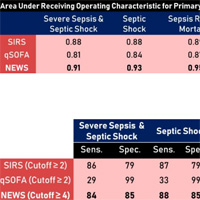
Early Sepsis Screening in the Emergency Department
This single-center retrospective analysis shows promising results with NEWS as a screening tool primarily because it can be done at triage and does not require any laboratory evaluation. This study adds to the current knowledge... read more
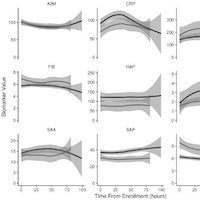
Combined Biomarkers Predict Acute Mortality Among Critically Ill Patients With Suspected Sepsis
Combined biomarkers predict risk for 14-day and total mortality among subjects with suspected sepsis. Serum amyloid P and tissue plasminogen activator demonstrated the best discriminatory ability in this cohort. Fourteen-day... read more
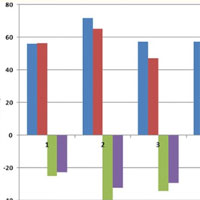
A Positive Fluid Balance is an Independent Prognostic Factor in Patients with Sepsis
Intravenous fluid administration is an essential component of sepsis management, but a positive fluid balance has been associated with worse prognosis. We analyzed whether a positive fluid balance and its persistence over... read more

ED Door-to-Antibiotic Time and Long-term Mortality in Sepsis
Delays in ED antibiotic initiation time are associated with clinically important increases in long-term, risk-adjusted sepsis mortality. This study investigated the association of door-to-antibiotic time with long-term mortality... read more

Heterogeneity of Treatment Effect by Baseline Risk of Mortality in Critically ill Patients
Randomised controlled trials (RCTs) enrolling patients with sepsis or acute respiratory distress syndrome (ARDS) generate heterogeneous trial populations. Non-random variation in the treatment effect of an intervention due... read more

Immunotherapy Effects on Sepsis
A randomised controlled multicentre trial assessed for the first time the safety and pharmacokinetics of an antiprogrammed cell death-ligand 1 (anti–PD-L1) immune checkpoint inhibitor (BMS-936559; Bristol-Myers Squibb,... read more

Lactate-Guided Resuscitation Only Encourages Over-Resuscitation and Downstream Harms
The Centers for Medicare and Medicaid Services and the Surviving Sepsis Campaign both rushed to offer guidance on the appropriate management strategies for patients presenting with septic shock. In both cases, a lactate-guided... read more
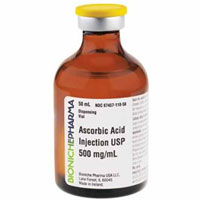
Effect of High-dose Ascorbic Acid on Vasopressor’s Requirement in Septic Shock
In this study, administration of high-dose ascorbic acid significantly decreased the requirement for vasopressor's dose and duration in surgical critically ill patients with septic shock. Several mechanisms including anti-oxidant,... read more
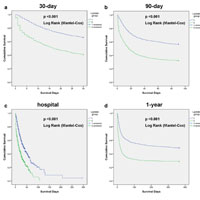
Prognostic Accuracy of the Serum Lactate Level, the SOFA Score and the qSOFA Score for Mortality Among Adults with Sepsis
Sepsis is a common critical condition caused by the body’s overwhelming response to certain infective agents. Many biomarkers, including the serum lactate level, have been used for sepsis diagnosis and guiding treatment.... read more

Applied Physiology at the Bedside: Volumetric Capnography
Volumetric capnography is the graphical representation of the partial pressure of carbon dioxide (CO2) versus exhaled volume. This measurement is made noninvasively at every breath by a combination of flow and CO2 sensors,... read more

Teaching the Principles of Pediatric Critical Care to Non-Intensivists in Resource Limited Settings
It is a dismal reality of global health that the vast majority of critically ill or injured children are found in regions of the world least equipped to care for them. Most of these severely ill or injured children are cared... read more
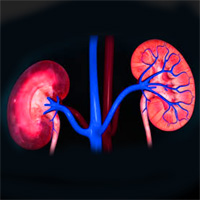
Hospital Variation in RRT for Sepsis in the United States
Use of renal replacement therapy (RRT) in sepsis varied widely among nationally sampled hospitals without associated differences in mortality. Improving renal replacement standards for the initiation of therapy for sepsis... read more
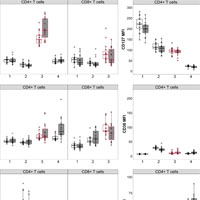
TCR Activation Mimics CD127 low PD-1 high Phenotype and Functional Alterations of T Lymphocytes from Septic Shock Patients
The proportion of CD127lowPD-1high T cells in patients was increased compared with healthy volunteers, although no global CD127 regulation was observed. Our results suggest that TCR activation participates in the occurrence... read more








